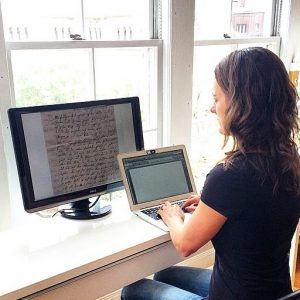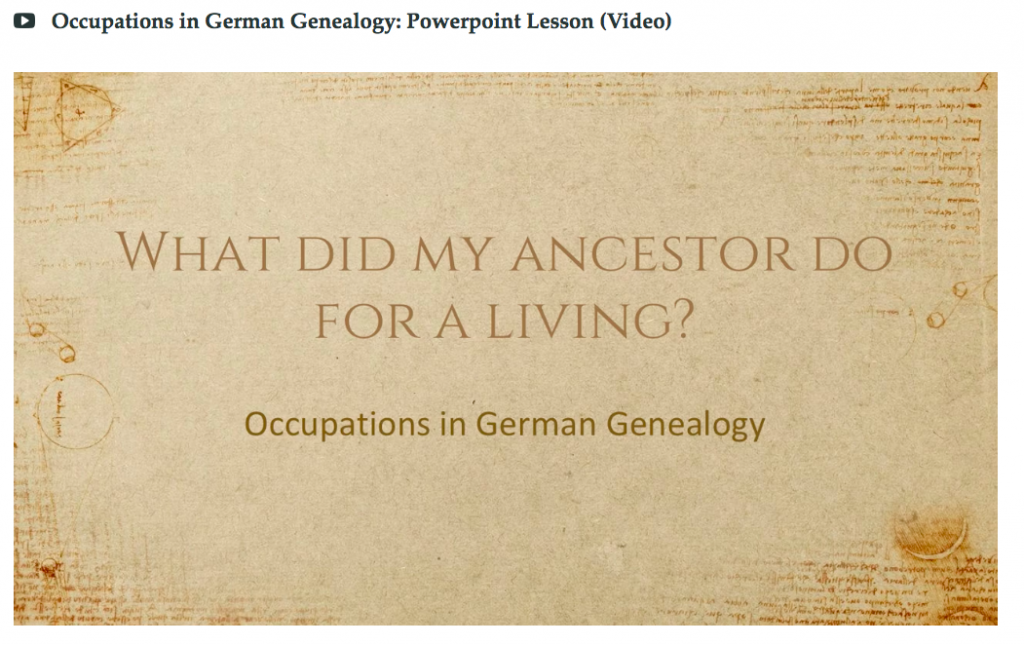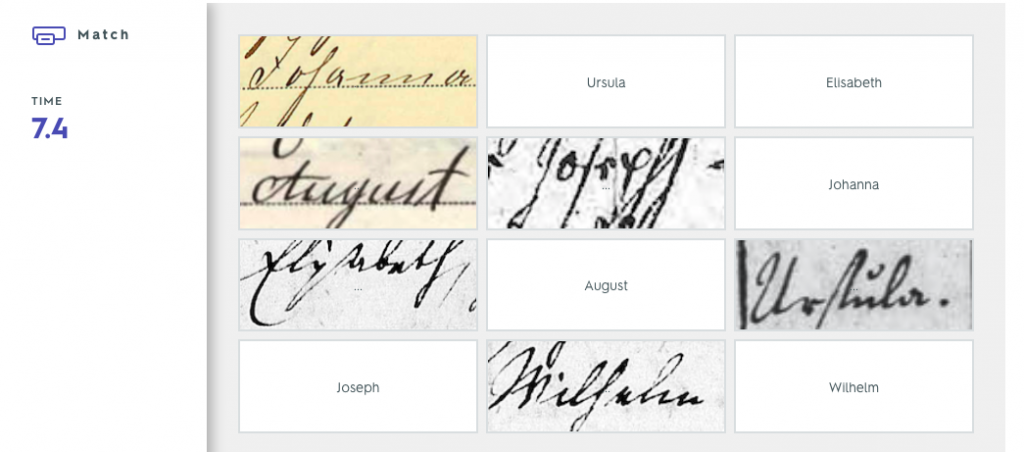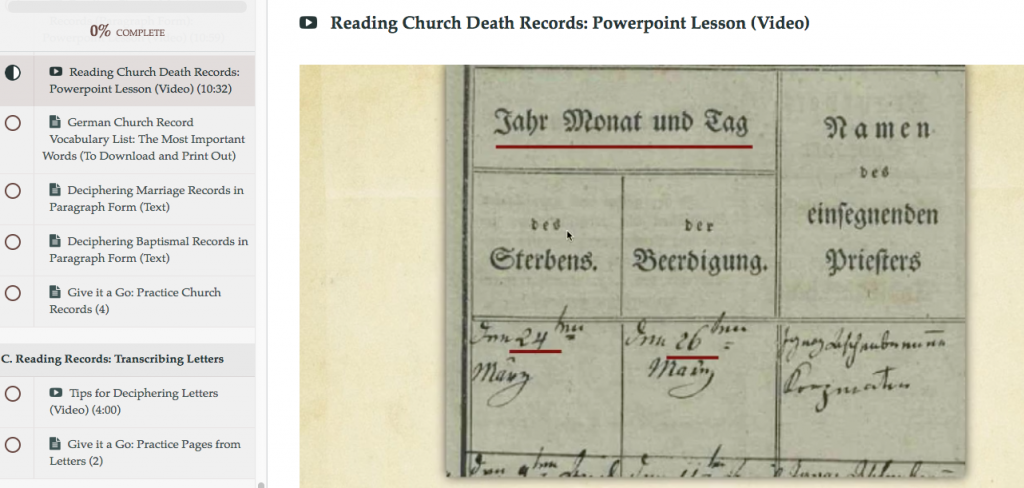Reading the Old German Handwriting:
Transform the Scribble of the Script into the Stories of Your Ancestors
Ping! A new e-mail arrives in my inbox. As a brand new translator in 2011, I excitedly opened my e-mail, hoping for a new German-English translation project. I click on the document, and my heart sinks. It’s a handwritten letter, and to my untrained eye, the handwriting looks something like this:
After some research, I realize the letter is written in the old German handwriting, a type of writing no longer in use in Germany today. Luckily for me, my Austrian husband’s grandmother had learned the script in her school days, so, with {a lot of) help from her, I was able to transcribe – and eventually translate – the letter.
A call for help to my German-speaking friends when I got asked to translate my first handwritten letter – little did I know, it’s mostly only the oldest generation in Germany who can read the script today.
As my translation business began to grow, I started to receive more and more requests for handwritten documents. Since I love history, I was excited about the idea of these types of projects – but of course, I needed to be able to read the handwriting myself. But where to turn? The internet, of course. Over the next few months, I googled and googled, scoured Amazon for books on the handwriting, and asked around in all the translation forums I could find. Eventually, I’d compiled a decent collection of materials to help me learn, and I slowly started to get more and more proficient at reading the script. Fast forward to eight years later, and what started off as one impossible-looking project has now grown into an entire business (And no worries, I do consider myself very good at reading the script now – years of working with it every day will do that to you!).
I love working with old letters, diaries and records – I feel so lucky to get to read the stories of the past.
But what if those first few months didn’t have to be so hard? What if I hadn’t had to search high and low for materials on reading the script? It was so frustrating searching for the answer to one single question on one single word – only to have another question pop up the moment I was finally able to move on to the next line. I felt so helpless as I was forced to ask colleagues to explain things to me again and again, and wondered if there would ever be a day when I would just know all these things.
With those months of struggle in mind, I decided create a “one-stop shop” for you all to learn the old German handwriting – so you don’t need to go through all those hours of frustration that I did. And so the idea for Reading the Old German Handwriting: Turning the Scribble of the Script into the Stories of Your Ancestors was born.
When making the course, I tried to think of every question I myself had with when trying to learn the script. For example: How is any normal person supposed to tell “e” and “n” apart? What do all those thousands of abbreviations on church records? What in the world does Tagelöhner mean, and why isn’t it in any German dictionary? How do you best decipher those marriage certificates?
The letter “e” (left) and “n” (right) can look very similar to each other – but there is a trick to telling them apart.
With those answers in mind as course content, I then moved on to the how aspect of the course. I love to teach – I taught English for three years in Austria – and I have kindly been told by colleagues and friends that I do it very well. One of the most important aspects of teaching, in my opinion, is recognizing that everyone learns differently. While some of you may prefer visual learning, others learn best through audio, and still others need hands-on exercises to truly master something. I therefore made it my goal to incorporate all these learning styles into the course, providing examples and exercises for all types of learners.
The course offers material for all kinds of learners.
Now, think back to your favorite teacher in elementary school. I bet he or she didn’t just stand up at the blackboard, droning on and on as your eyes slowly started to fall shut. No, I would guess that your favorite teacher made up games and activities to help you learn – and because of those games, you can likely even remember what he/she taught you today. One of my favorite teachers would take us outside once a week, and have us try to jump rope while she quizzed us on state capitals. As ten-year-olds, we found this so fun, and didn’t even realize the learning we were doing at the same time – we just wanted to get the most jumps!
Flashcards are a great way for us to remember words and letters.
While I can’t turn a jump rope for you while you’re learning the handwriting, I did try to incorporate this sense of playfulness into the course itself. Current students have been loving the interactive matching games, flashcards, spelling challenges and other exciting activities designed to make learning the old German script fun and memorable. Pick the activity that works best for you – or try all of them – and you’ll be amazed just how well those letters and words get lodged in your brain.
The matching games in the course make learning exciting!
I’m sure most of you aren’t learning the script just for kicks, however – you want to be able to decipher the records of your ancestors. And this course will help you to do just that. Reading the Old German Handwriting is divided into three carefully organized sections. Section A begins with each of the individual letters of the alphabet – vowels, lowercase consonants, uppercase consonants, and common letter combinations. Once you’re familiar with those letters, we then look at six different categories of vocabulary words. These categories were carefully chosen as the top words you need to know for genealogy records – words related to names, months, abbreviations, milestone words, occupation and causes of death. Finally, in Section C, we make use of your newfound skills and learn to decipher church records, certificates and letters. You’ll be amazed what you are now able to read!
This section above takes a deep dive into church records.
In conclusion, the course is everything I wish I would have known when I was trying to learn the handwriting – plus so much more information that I’ve learned through the last several years of translating day in and day out. Working with letters, diaries, certificates and church records has provided me with some great tricks, resources and hacks that make learning the script much easier and much more fun – and they are all available for you in this online course. Your ancestors are there waiting for you – now it’s up to you to go find them.
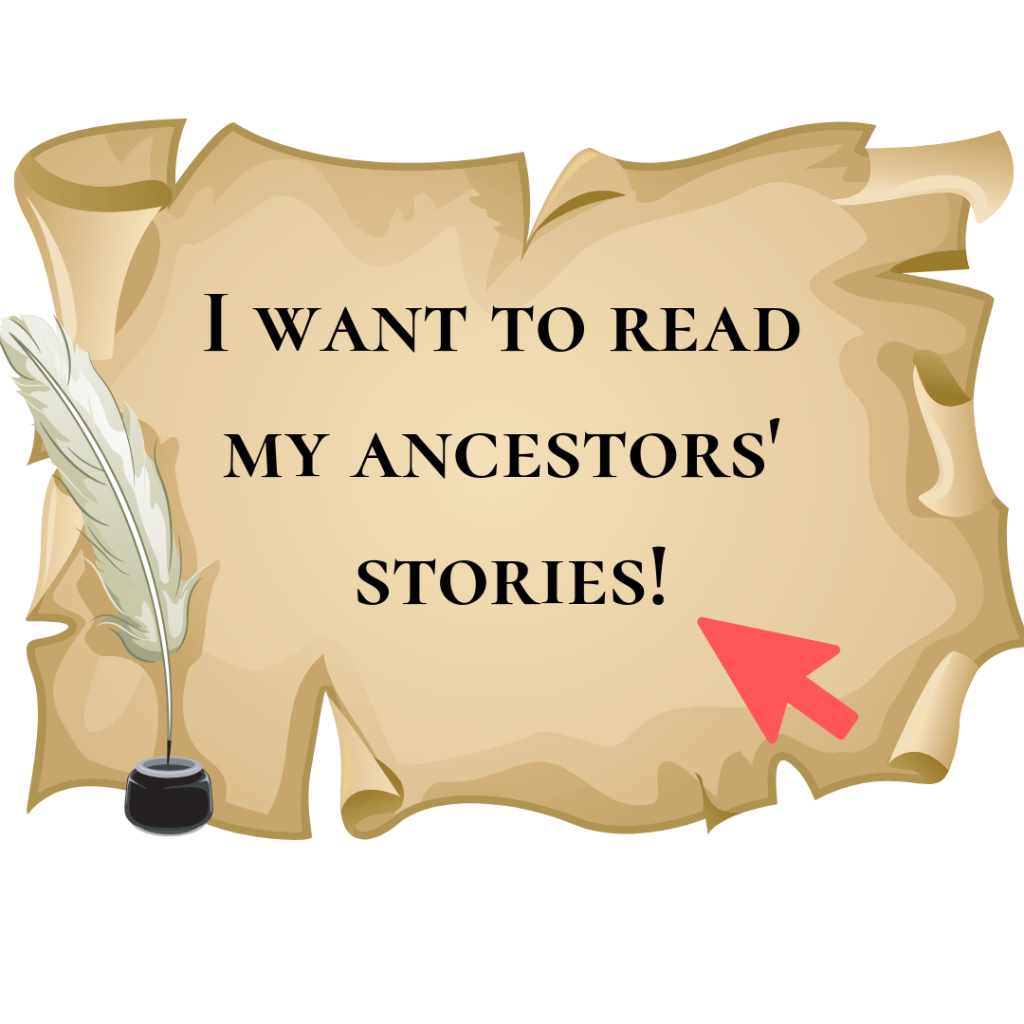
Click on the link above to check out the course!

Q: Can I take the course at my own pace?
Yes! It is a completely self-paced online course – you decide when you start, when you finish, and how long you’d like to spend on each section.
Q: How long do I have access to the course?
Access is unlimited! After enrolling, you have access to this course for as long as you like – across any and all devices you own. We have some students who have purchased the course now to take advantage of the launch discount, but are planning on starting it in a few months’ time when their schedules clear up.
Q: Do I need any experience with German to take this course?
No experience with the German language is necessary! This course has an entire section focused on German vocabulary you will find in genealogy records – along with how to recognize these words in the old German handwriting. While this course primarily focuses on the script, you can’t help but learn some German along the way!
Q: Can I download and print the course materials or will I only be able to see them on my computer?
Many of the course materials can be downloaded and printed out. These include:
- all vocabulary lists
- all text documents and articles
- all practice records and their answer sheets
The video lessons cannot be downloaded, but you may watch them on your computer as often as you like. The interactive activities – flashcards, games, etc. – are also meant for your computer only, but the words that these activities cover are available in your downloadable vocabulary lists.
Q: This course would be a big investment for me. Is it worth the price?
It is! If you can learn to read the old German handwriting yourself, this will save you a great deal of money on translations. Not that I want everyone to stop buying translations – that is my business, after all – but I am a teacher at heart, and I love to see my students succeed. I truly believe you can learn the handwriting, and that you will enjoy that sense of accomplishment you feel from deciphering your own ancestors’ documents. It is fun, I promise!
Q: Do you offer payment plans?
Yes, you may either purchase the course with a one-time payment or in 4 smaller monthly payments – choose the option that works best for you on the course page.
Q: Are refunds available?
If you are not satisfied with the course within 30 days of purchase, you will receive a full refund. We want happy customers!
Q: Is the course fun?
That was my main goal! As adults, we’re no longer required to go to school – so when we choose to learn something, it should be a fun experience. This course includes flashcards, matching games, listening activities, and fun tests and quizzes – a style of learning for everyone!



